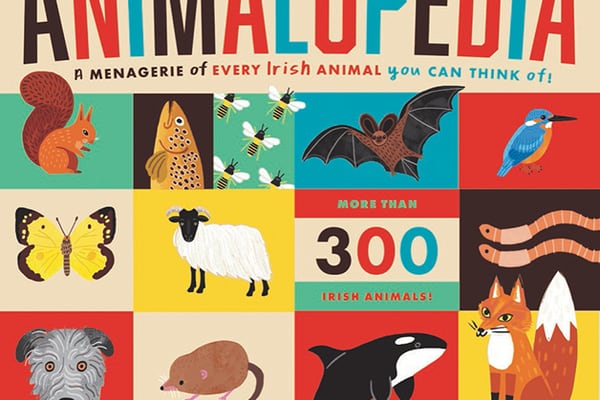The worldwide coronavirus pandemic is not quite over, but another disease is threatening to go global. In May monkeypox cases were reported in England. Although monkeypox occasionally appears in Europe, cases are generally only reported in recent travellers to central and western Africa, where it is endemic. By the end of August, 50,000 confirmed cases had been reported in 99 countries.
Monkeypox is not as easily transmitted as coronavirus and has a low mortality rate. The prospects of it causing a similarly damaging pandemic are slim. Yet some of the discourse about monkeypox is reminiscent of another pandemic: the Aids crisis of the 1980s. Like monkeypox HIV appears to have originated in Africa, and has been prevalent among gay and bisexual men. This is particularly significant because when an infectious disease is first identified in a community, that community is often identified with and stigmatised because of, it.
Historically the mere suspicion that a group might be responsible for a particular disease has been enough to cause stigma and even violence. During the European Black Death of the mid-14th century various communities were accused of spreading the disease, with violent results. In Sicily, Catalans were accused of importing it, leading to mass murders. In Toulon, Jews were held responsible, setting off a wave of pogroms that quickly spread to the Rhineland and central Europe and saw tens of thousands massacred. Elsewhere in southern France, thousands of beggars and other transient people were executed on suspicion of poisoning wells.
Even doctors came under fire. In 1831 a riot broke out in Aberdeen, Scotland, during a cholera epidemic. The city population feared that local medics were exacerbating or even causing the outbreak as part of a bodysnatching spree, with the Burke and Hare murder and graverobbing spree of 1828 still fresh in their minds. Cholera riots spread across the UK in 1832. A demonstration in Paisley, Scotland, was so violent that it could only eventually be suppressed by the military, while a series of riots in Liverpool were calmed only by pleas from the city’s churches.
READ MORE
Even attempts to control disease could create stigma. The same outbreak in Russia saw officials attempt to enforce quarantine measures and fuelled rumours that the disease was part of a Tsarist plot to increase the power of the central government. Riots broke out across provincial cities, targeting regional governors and healthcare officials, while Tsar Nicholas had to personally appeal for calm at a demonstration in St Petersburg.
When HIV and Aids were first identified it was largely in the gay community. Because it was spread by bodily fluids, drug-users sharing needles also made up a significant proportion of cases. Its prevalence among these already marginalised groups stymied efforts to discuss, much less handle, the disease that was quickly dubbed “the gay plague”. Larry Speakes, press secretary to Ronald Reagan, summed up the administration’s response in a series of dismissive and homophobic exchanges with the White House press pool in the early 1980s.
Reagan did not publicly acknowledge Aids until 1985 when over 11,000 Americans had died. His first public speech on Aids would not come until 1987, after the US banned HIV-positive people from entering the country.
The stigma surrounding Aids was so severe that when the entertainer Liberace died that year his private doctor claimed it was caused by heart disease. A postmortem ordered by the local coroner, however, showed it was caused by Aids-related pneumonia.
The perception that Aids was a gay disease, one that could be contained by stigmatising gay relationships, hampered efforts to ameliorate its spread. Early reports of HIV-positive babies and breastmilk transmission were not taken seriously and not demonstrated until 1985. Advice attempting to shame gay men was generally ineffective. In Ireland Aids spread alongside a heroin epidemic. The prison population was particularly affected, with HIV-positive prisoners early in the pandemic unceremoniously released by panicked authorities.
By the end of the decade campaigns to reform healthcare provision, increase education, and fund treatment had been largely successful.
Although it is spread by close contact rather than bodily fluids, conservative commentators such as Tucker Carlson have inaccurately labelled monkeypox a sexually transmitted disease, inviting stigma and confusing the appropriate response. Thankfully some lessons from Aids have been learned. In Ireland the Health Service Executive has collaborated with groups such as man2man.ie and MPOWER to deliver healthcare messaging to at-risk communities without stigmatisation.
Stuart Mathieson is a postdoctoral fellow in the school of history and geography at Dublin City University












